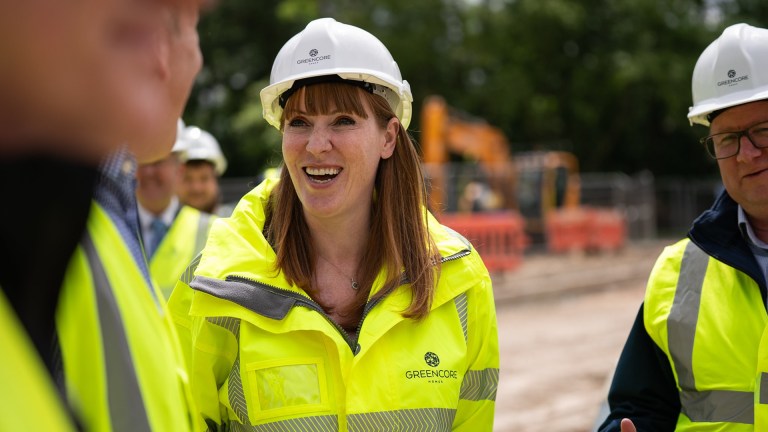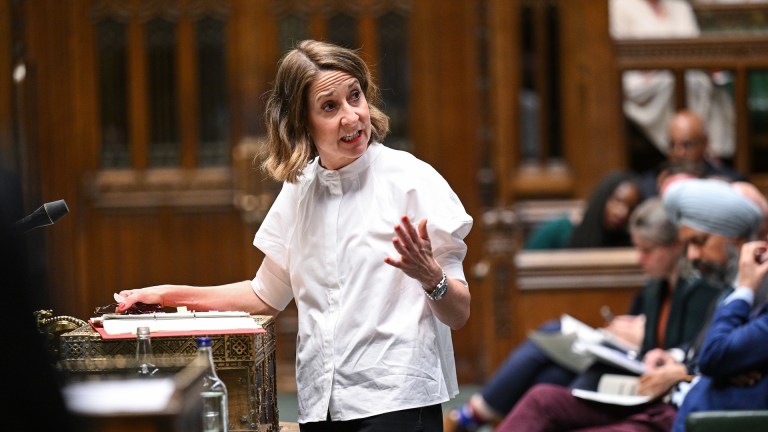How often have you heard private developers and their allies say they can’t build more homes because planning rules have created a shortage of land? Kate Andrews of the Institute for Economic Affairs (IEA) summed up this view in The Daily Telegraph, saying: “There is only one way to solve the housing crisis and bring down the extortionate cost of homes: liberalise the planning system and build more houses. A bold but pragmatic policy would be to release greenbelt land – just a small fraction of which would be enough to build the million homes needed to address supply.”
A million more homes? That’s a tantalising prospect. So is there any basis for her argument that the only way to solve this problem is to liberalise (or deregulate) planning?
A little digging into the latest financial reports of the top 10 housebuilders reveals a very different story. Between them, they have a staggering 632,785 building plots on their books, of which more than half have planning permission. At the same time, these 10 companies reported building a total of just 79,704 homes – which means they have, on average, eight-years’ worth of plots in their land banks at the current rate of construction.
Among the top 10, there is a wide variation. At the upper end, Berkeley and Taylor Wimpey are hoarding 15 and 13 years’ worth of land respectively. At the lower end, McCarthy & Stone and Bellway have land banks equivalent to four years’ current output. The difference is mainly in what are known as the ‘strategic’ land banks – reserves that have not yet gained planning permission. All ten have ample land with consent, ranging from three to five years’ worth of output.
The top 10 builders accounted for about half of the 159,510 homes completed by the private sector in 2017
It is often the case that the stories an industry feeds to the media are at odds with the trading information individual companies give shareholders via regulated stock market announcements. A classic example of this is car insurance where the industry body complained of an “epidemic of fraud” while the major providers told the market that claims volumes were falling.
In the case of housing, the market reports of the top 10 builders are brimming with confidence about future trading. You might expect Bellway, for example, to be feeling the pinch from a supposedly burdensome planning system because of its smaller-than-average land bank. But its trading update in August said that it had detailed planning permission on all its 2019 building plots and had increased land acquisition by 12 per cent to an annual level 30 per cent higher than its output. “The land market remains favourable and continues to provide attractive opportunities,” the company said.











